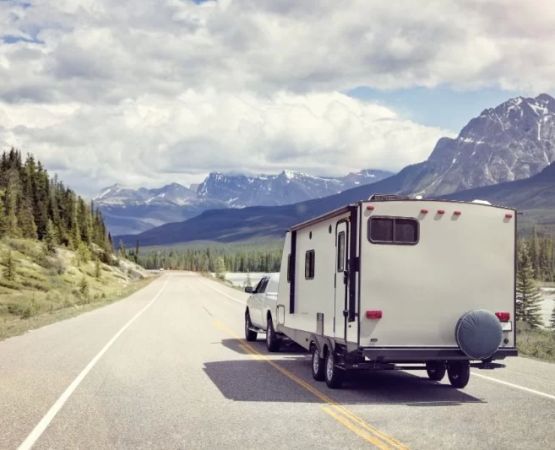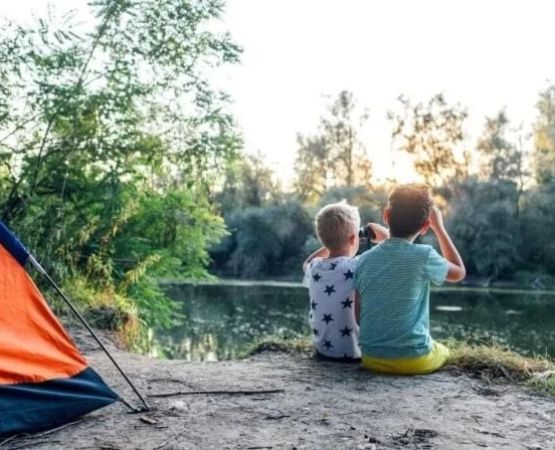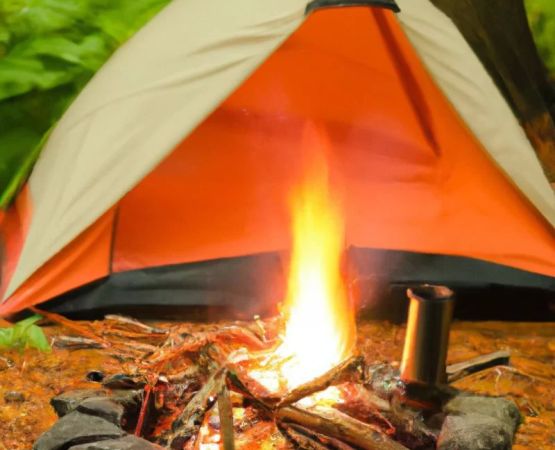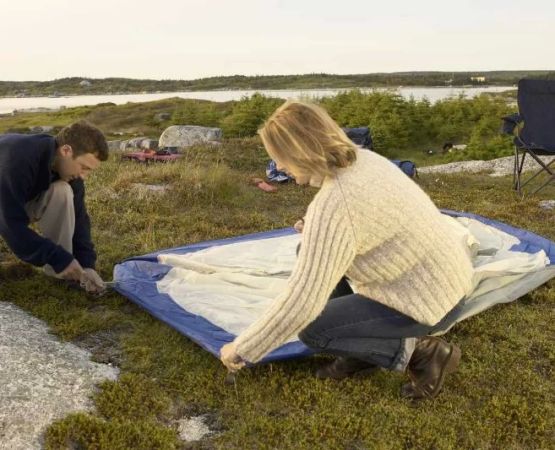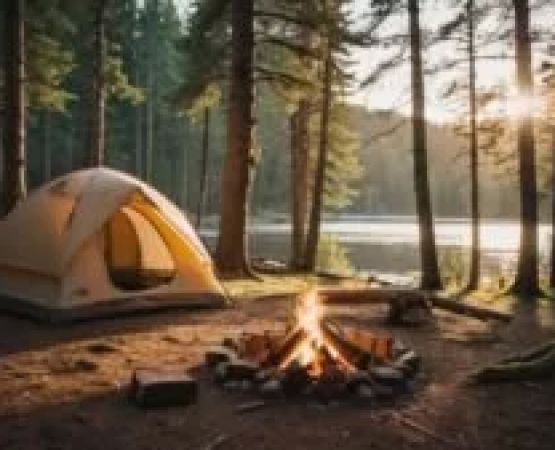Why Choose a Hammock for Camping?
Camping is all about connecting with nature, and what better way to do that than by sleeping under the stars in a hammock? I’ve always loved the idea of a hammock for camping, and over the years, I’ve learned that it’s one of the most comfortable ways to sleep outdoors. Hammocks offer several advantages over traditional tents, especially when it comes to comfort and versatility.
One of the first things I noticed about hammock camping is how lightweight and compact they are. Unlike tents, which can take up a lot of space in your backpack, a hammock can be easily packed into a small bag. Plus, you don’t have to worry about finding the perfect flat ground, as hammocks can be set up between trees, making it easier to find a good spot to sleep.
What You Need for Hammock Camping
Before you can start enjoying the comfort of a hammock on your camping trip, you’ll need to make sure you have the right equipment. Here’s what I recommend packing for a hammock camping trip:
- Hammock: A lightweight, durable hammock made for camping. It’s essential to pick one that’s designed to withstand the outdoors, with strong material and proper support.
- Tree Straps: Hammocks need to be securely fastened to trees, and tree straps are the best way to do that. They’re adjustable and won’t harm the tree, which is important for environmental reasons.
- Underquilt or Sleeping Bag: Hammocks can be chilly at night, so an underquilt or sleeping bag is necessary to keep warm. I’ve found that an underquilt provides better insulation than a sleeping bag because it wraps around the hammock more effectively.
- Rainfly or Tarp: It’s always a good idea to have a rainfly or tarp to protect you from the rain or wind. This extra layer of protection will help keep you dry and comfortable during unexpected weather changes.
Choosing the Right Location for Your Hammock
Setting up a hammock requires a bit of forethought, especially when it comes to finding the right spot. You can’t just throw your hammock between any two trees; there are several factors to consider when choosing your location.
First, look for two healthy trees that are spaced about 12 to 15 feet apart. The trees should be sturdy and free from sharp branches that could damage your hammock. Avoid areas with too much overhead debris, like falling branches or rocks that could be dangerous in case of a storm. Additionally, pick a spot that is relatively flat so you don’t end up sleeping at an awkward angle.
Setting Up Your Hammock
Setting up a hammock is much easier than setting up a tent. The first thing you’ll want to do is attach your tree straps around the trees, about 4 to 6 feet off the ground. Make sure the straps are secure and won’t slip or slide. Once the straps are in place, attach the hammock to the straps using the included carabiners or hooks.
Next, adjust the hammock so that it hangs at a comfortable height. You want the hammock to be slightly curved when you’re inside, as this will provide the best support for your back. I’ve found that a slight angle, where your feet are just a little higher than your head, is the most comfortable position for sleeping.
Staying Warm in a Hammock
One of the most common challenges of hammock camping is staying warm during the night. Since you’re elevated off the ground, the air underneath you can get quite chilly. That’s where an underquilt or sleeping bag comes in. An underquilt is specifically designed to insulate the bottom of the hammock and prevent heat loss.
If you don’t have an underquilt, a good sleeping bag will also do the trick. Just make sure it’s rated for the temperature you expect, and don’t forget to bring extra layers to keep yourself warm on chilly nights.
Additional Tips for Hammock Camping
Here are some additional tips that I’ve learned over the years to make hammock camping even better:
- Bring a bug net: Depending on where you’re camping, bugs can be a real issue. I’ve found that a mosquito net draped over the hammock keeps bugs away and helps me sleep better at night.
- Use a sleeping pad: While an underquilt is great for insulation, a sleeping pad can provide extra comfort and support. If you have a tendency to move around a lot during the night, a pad will help prevent your body from sagging.
- Keep your gear dry: Since hammocks are suspended in the air, your gear can easily get wet if it rains. I recommend using dry bags or waterproof containers to protect your clothes and equipment from moisture.
Benefits of Hammock Camping
In my experience, hammock camping offers several advantages over traditional tent camping. One of the biggest benefits is the comfort. Hammocks allow your body to naturally relax, and the gentle rocking motion can help you fall asleep more easily. Plus, they offer a much more scenic view of your surroundings compared to a traditional tent.
Another great advantage is the ease of setup and breakdown. Hammocks take only a few minutes to set up and can be packed away just as quickly. This makes them ideal for minimalist campers who want to travel light.
Conclusion
Hammock camping is a fantastic way to enjoy the great outdoors while also getting a good night’s sleep. By following these simple tips and bringing the right equipment, you’ll be able to set up your hammock for maximum comfort and relaxation. Whether you’re camping in the woods, by a lake, or in the mountains, hammock camping can provide a unique and enjoyable experience. So, the next time you plan a camping trip, consider using a hammock—it’s an experience you won’t soon forget!


